Undoubtedly, Hawaii is one of the most beautiful places on earth. Travel freaks frequently visit there to enjoy some lovely moments. The Hawaiian Islands are a shelter for various plants and animals as well as fish and wildlife, In addition to catering to the demands of travelers. But the majority of the animals in Hawaii today are in danger of extinction.
There are too many animals depending on the delicate ecosystem of Hawaii. But, nowadays, Pollution, urbanization, and growth are putting more stress on most animals. These animals could quickly vanish from the face of the earth if they are not properly protected and cared for. So, Let us know more about these endangered species in Hawaii.
Some Endangered species in Hawaii to Know About
The Hawaiian Islands are home to several endangered species. However, in this article, we will learn about 7 species considered endangered animals. Through this article, we will briefly know about these species and the way to protect these animals. So, Let’s get started।
Green Sea Turtle
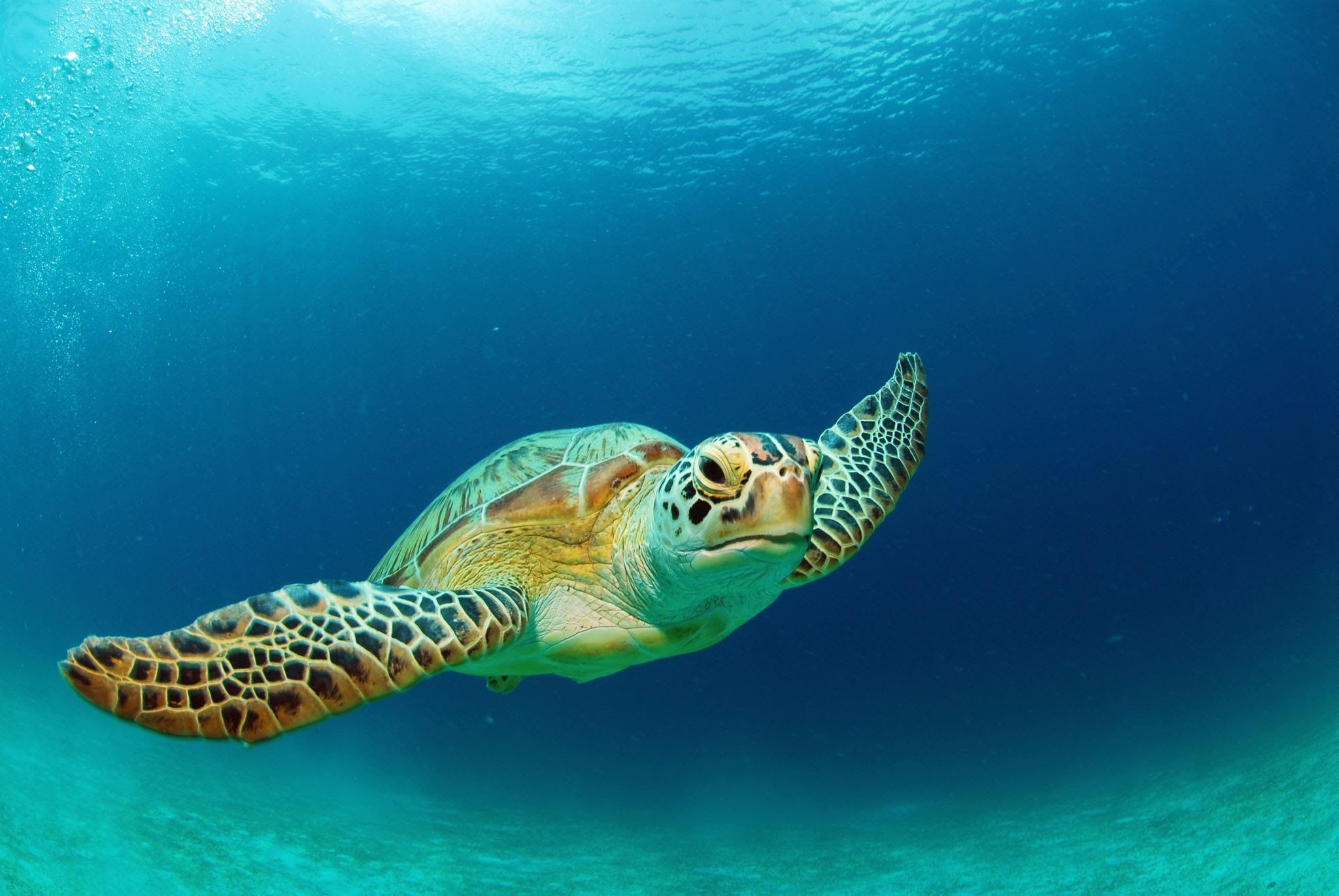
The green sea turtle is the first species on Hawaii’s list of endangered species. They are the only herbivore in the species and is regarded as one of the biggest sea turtles. In tropical and subtropical waters, this type of turtle usually lives. They are also known as honu in Hawaii.
Moreover, they are regarded as symbols of good luck, safety, courage, and long life. They can be found worldwide, inhabiting the shores of more than 100 different countries. They favor tropical climates. Their average lifespan is 50 years, although these species generally live for 70 years or longer.
They become sexually mature between the ages of 25 and 35. They are so fast and can swim 22 miles per hour in the ocean. They can grow to adult sizes weighing between 300 and 450 lbs and measuring 3 to 4 feet long. 871 lbs. was the weight of the largest green sea turtle ever recorded. They are listed as endangered species.
- Scientific Name: Chelonia mydas
- Current Population: There are less than 100,000 nesting female green sea turtles left on Hawaiian islands.
- Reasons Why They are Endangered: They face threats from poaching their eggs, adult turtle hunting, becoming trapped in fishing gear, and losing nesting sites.
- Status of conservation: The government is making an effort to protect them and increase their population. To do this, legislation is developed that says that violating sea turtle protection laws might result in a $100,000 fine or even jail time.
Hawaiian Monk Seal

The only native animal to Hawaii is the Hawaiian monk seal. Of the two monk seal species that have ever existed, the Hawaiian Monk Seal is one. The Hawaiian name of these seals is Ilio-holo-i-ka-uaua, which refers to the Hawaiian as “a dog that runs in rough water.
They are 400 to 600 pounds and have more than 30 years of lifespans. The Hawaiian Monk Seal has a population of 1,400 seals and has been recognized as one of the most seriously endangered mammals worldwide since 1976. Humans must maintain a distance of at least 50 feet while interacting with this animal.
- Scientific Name: Monachus schauinslandi
- Current Population: Only 1300-1400 Hawaiian monk seals are still living
- on this island.
- Reasons Why They are Endangered: high baby mortality, a lack of food, shark attacks, and stress from human encroachment.
- Status of conservation: These species are currently categorized as endangered under both the Marine Mammal Protection Act and the Hawaii Species Act. These species now have protection under the Endangered Species Act.
Hawaiian Hoary Bat
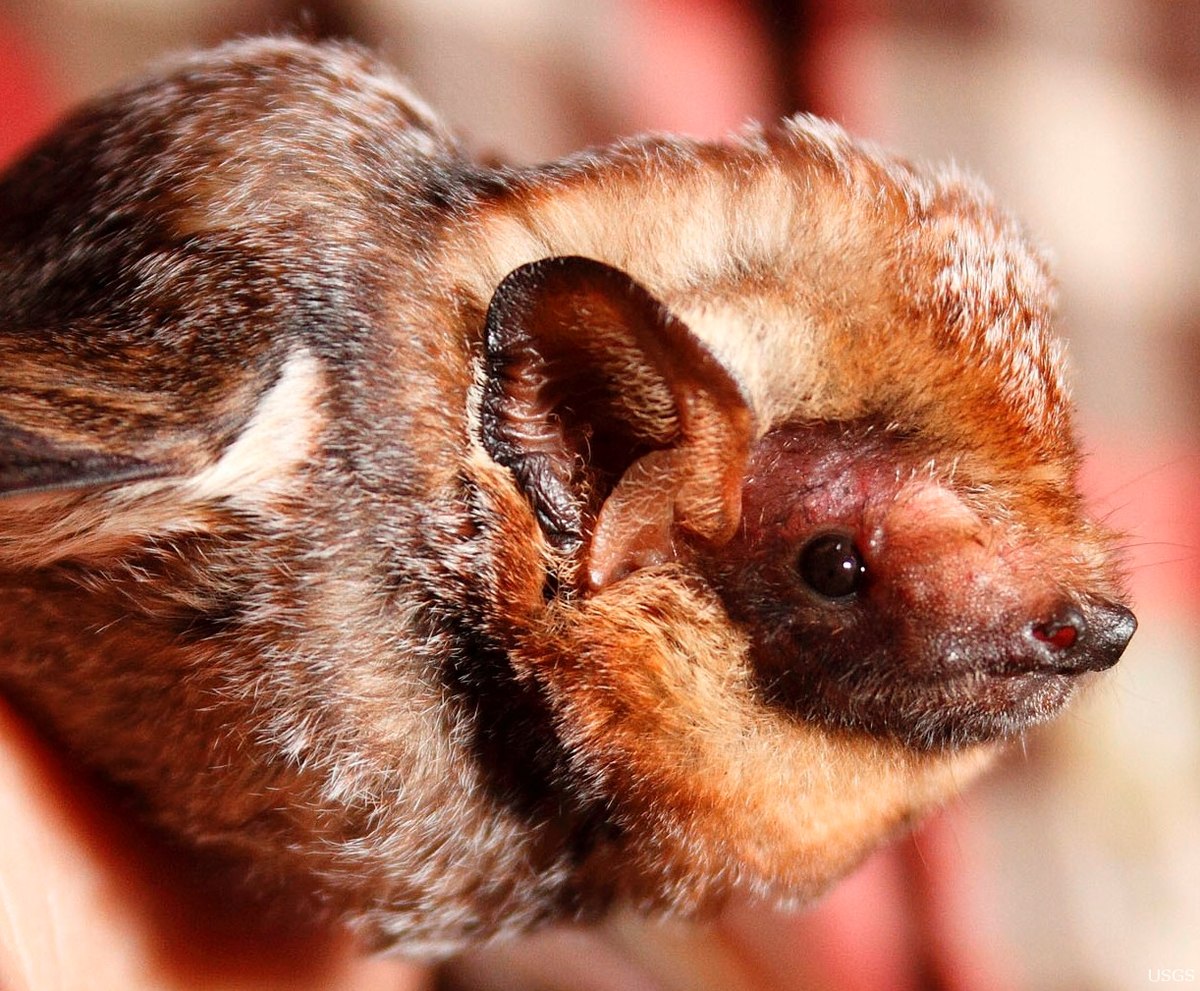
Hawaiian Hoary Bats are locally known as Ōpe‘ape‘a. the word Ōpe‘ape‘a means “half-leaf.” Here, the term is used to describe the bat’s open wing, which resembles the base of a taro leaf. Ōpe‘ape‘a is a bat that lives on the top of tall trees, compared to other bat species that live in caves. They are known as solitary tree roosters. Generally, they differ in size from 10 to 13 inches. The Hawaiian Hawk usually lives for 17 years in the wild, according to average lifespan estimates.
- Scientific Name: Aeorestes semotus
- Current Population: Estimates of the number of Hawaiian hoary bats have ranged from a few hundred to a few thousand.
- Reasons Why They are Endangered: Due to apparent population decreases, they are one of the Hawaiian endangered and threatened species. The lack of knowledge about these bats’ distribution, abundance, and habitat needs contributes to their extinction.
- Status of conservation: These species now have protection under the Endangered Species Act.
Hawaiian Hawk
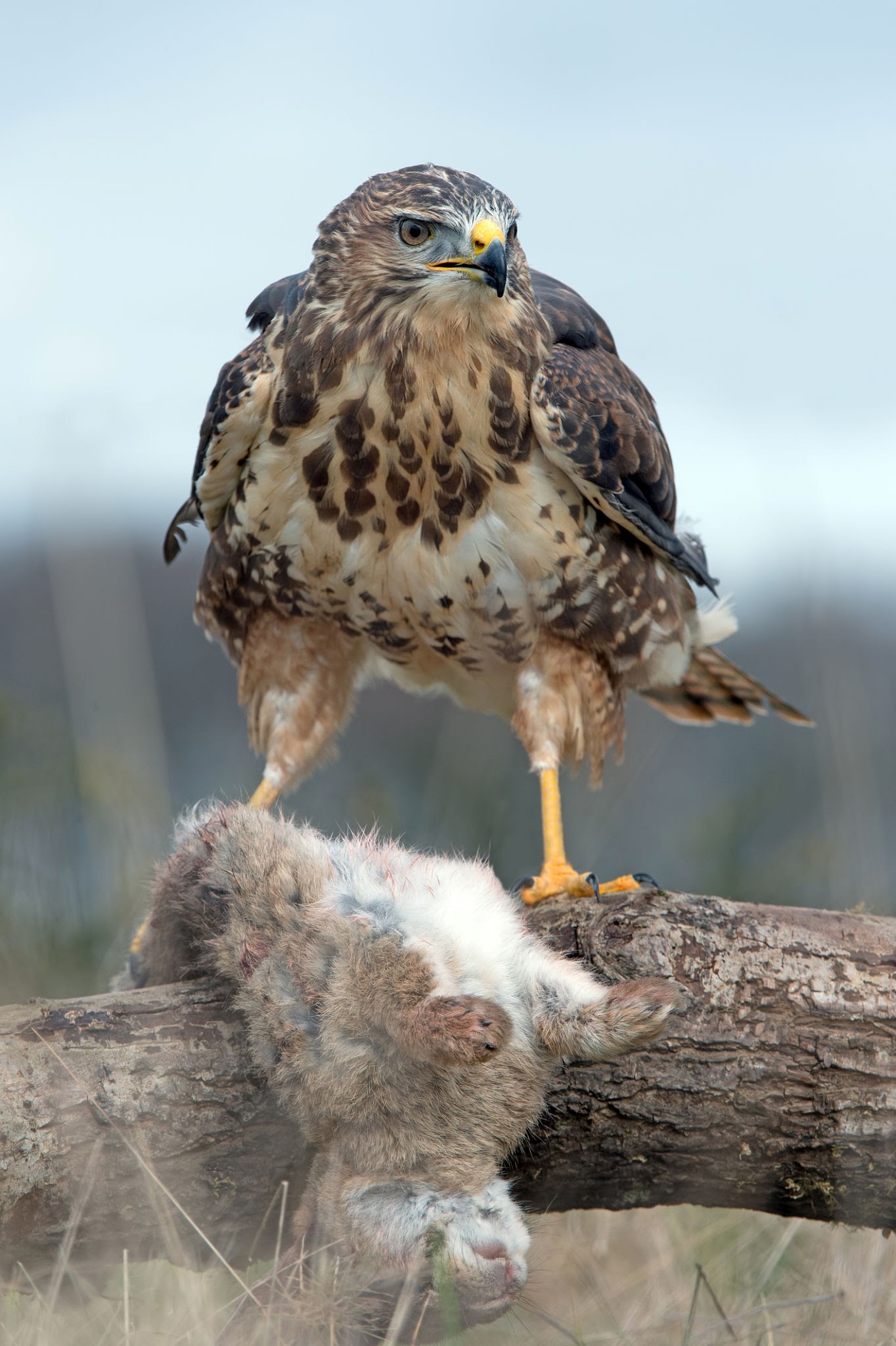
The only native member of the hawk family remaining living in the Hawaiian archipelago is the Hawaiian Hawk. This particular species of hawk is adored as an aumakua—a personal or family god—and is a sign of nobility in Hawaiian tradition. Thus,it is prohibited to damage or kill this bird.
They are also known as lo. The Hawaiian hawk is between 16 and 18 inches (40 to 46 centimetres) long. Hawaiian Hawk is ranged from around 12,00 to 3,200. They were listed as endangered or threatened species in 1967, but 30 years later, their number has remained stable, and they have already been removed from the list. According to statistics, The Hawaiian Hawk typically lives 17 years or more in the wild.
- Scientific Name: Buteo solitarius
- Current Population: According to IUCN Red List 1000 mature Hawaiian Hawks are alive.
- Reasons Why They are Endangered: The Hawaiian Hawks continue to face risks from deforestation, habitat loss, and other dangers such as illegal shooting, poisoning, and collision.
- Status of conservation: These species now have protection under the Endangered Species Act.
Oahu Tree Snail
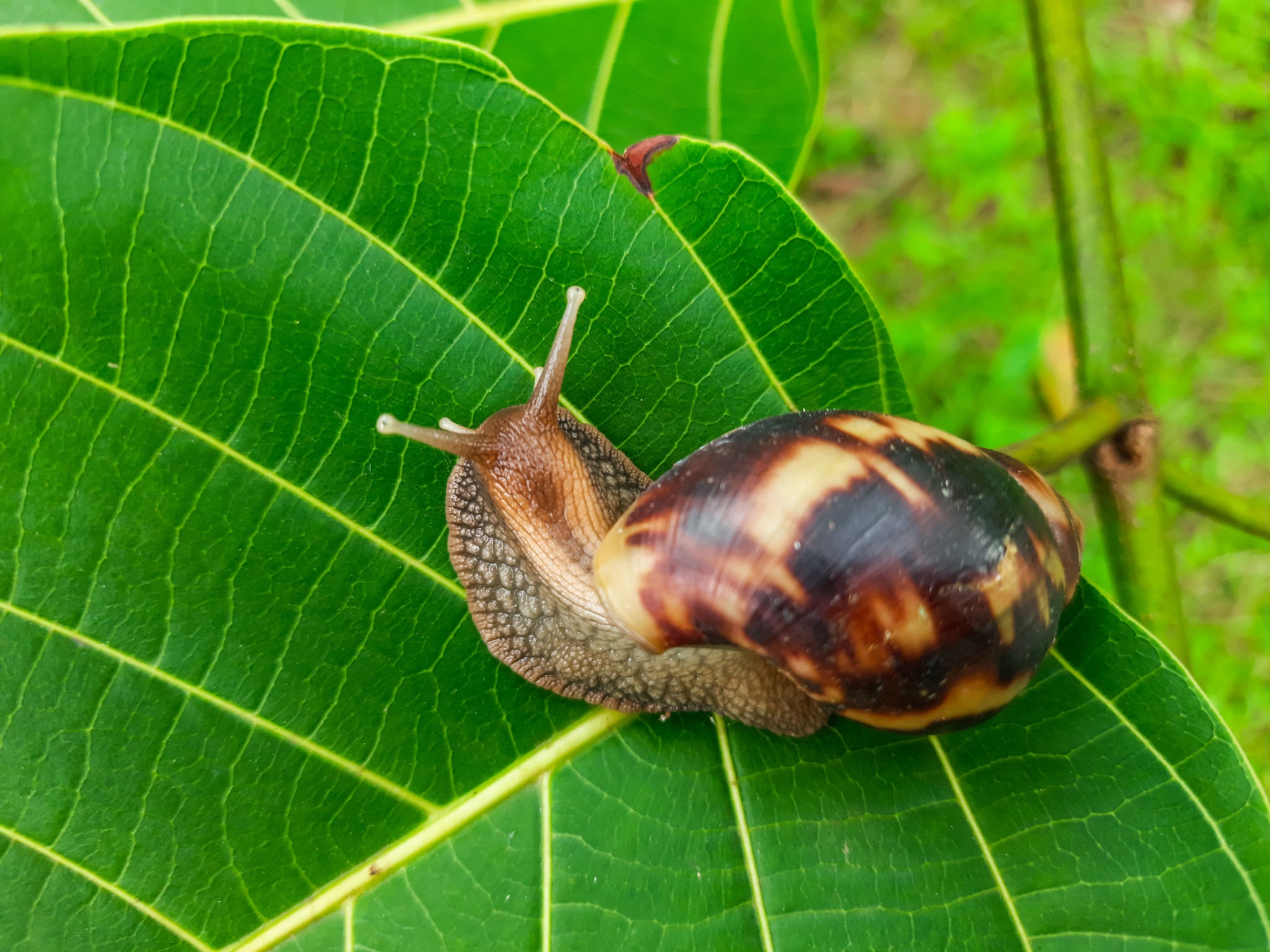
The Oahu tree snail is also known as nocturnal species. They eat the fungus that develops on natural plant leaves as food. They hide in tree trunks or leaves throughout the day. They have a length of roughly 3 to 4 inches. Most of them are found on the highest slopes of the Koolau and Waianae ranges, where they live in native forests.
Hawaiian culture and music frequently make mention of Oahu Tree Snails, which were previously very common. Their shells were also utilized for lei and other ornaments due to the variety of colours in which they were coloured. Young are live-born, measuring between 3 and 4 millimetres (mm), extending between 16.7 and 20.4 mm, and living for around 11 years. A hermaphroditic adult can have one to four offspring every year, and they reach reproductive maturity between the ages of five and seven.
- Scientific Name: Amphidromus adamsii
- Current Population: It is estimated that there are only 1000 Oahu tree snails in Hawaii.
- Reasons Why They are Endangered: problems like the destruction of natural forests, predators like rats, alien snails, chameleons, invasive plants, and human encroachment are the cause of their population’s constant reduction.
- Status of conservation: The Endangered Species Act now protects these species.
Crested Honeycreeper
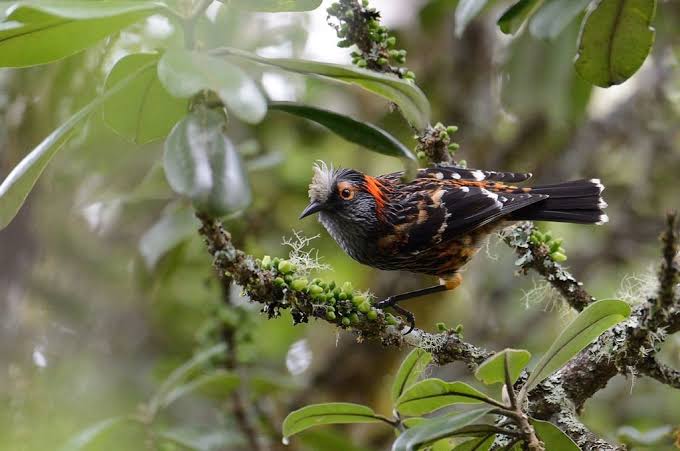
The crested Honeycreeper is the largest bird of their kind. They are known as akohekohe. These native Hawaiian birds are mostly dark black in colour, and they look even more majestic with their orange and silver highlights. The Ohia tree, a few other flowering plants, fruits, and insects are among the food sources for this particular species of honeycreeper. Rainforests, especially on the eastern half of Maui Island, are home to akohekohe birds. Hawaiian honeycreepers were declared an endangered bird species due to their small population
- Scientific Name: Palmeria dolei
- Current Population: According to biologists, only 3,800 Crested Honeycreepers are left in the world, which has seen a dramatic decline in the species’ population over the past few decades.
- Reasons Why They are Endangered: The honeycreepers are in danger from recently introduced predators, competition, diseases, habitat loss, and infectious diseases like mosquito-borne avian malaria. Avian malaria has been introduced as one of the effects of invasive birds.
- Status of conservation: Now, these birds are protected under the Endangered Species Act.
Nene Hawaiian Goose
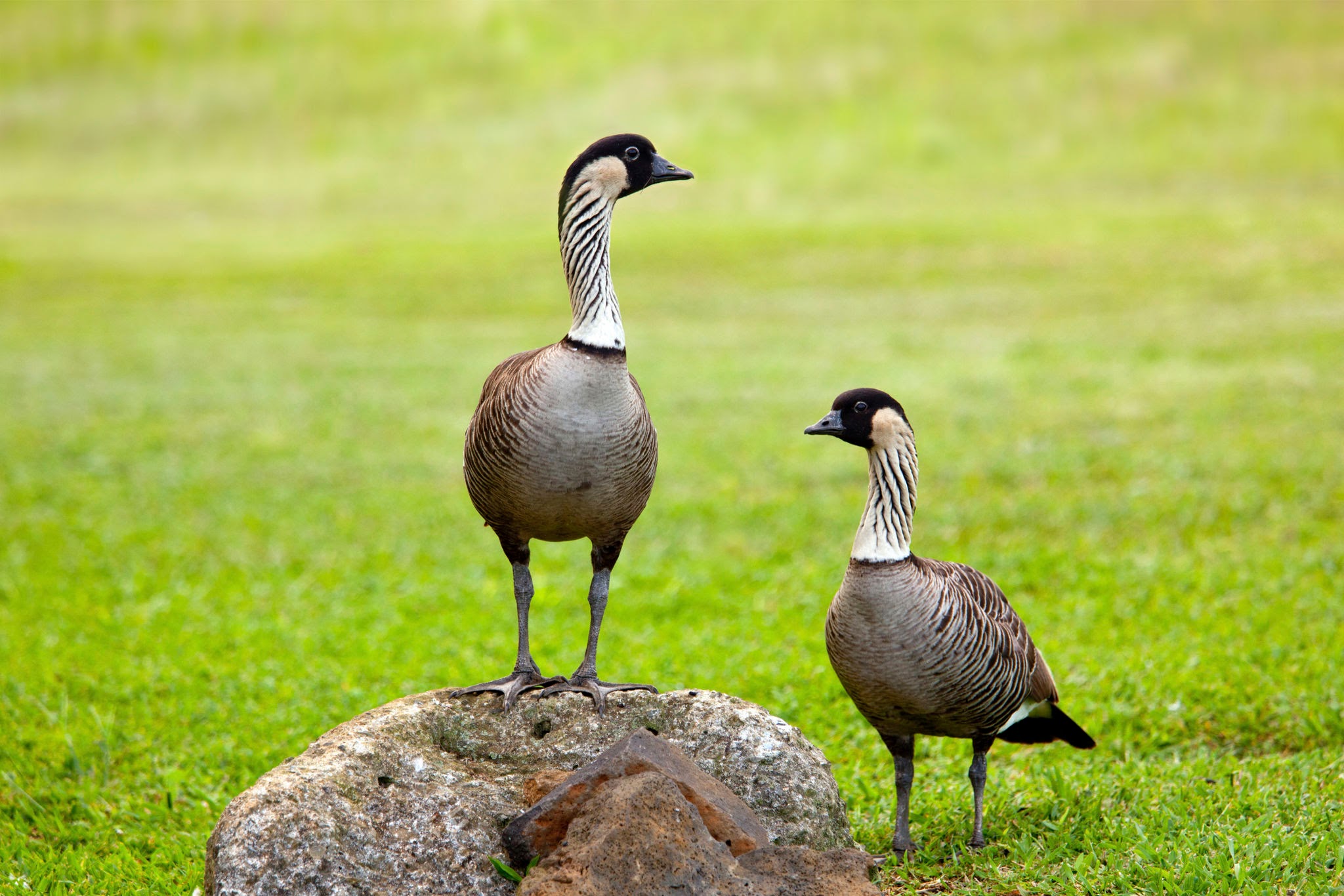
The Nene goose, or Hawaiian Goose, is considered the rarest goose in the world. The Nenes generally live in grasslands and woodlands. However, they can be found in some lowland places and on the slopes of volcanoes when they breed and lay their eggs.
The Nene goose, one of Hawaii’s native species, has come the closest to extinction anywhere in the world. With only 30 left, the Nenes almost completely vanished in 1918. Fortunately, they were given stricter and more protection when they were recognized as the Hawaiian State Bird in 1957. The nene’s breeding season is the longest of any goose, extending from August to April. The average number of eggs that females lay varies between 2 and 4. They can live for 5 to 15 years.
- Scientific Name: Branta sandvicensis
- Current Population: There are still 800 nene geese in Hawaii due to predation problems.
- Reasons Why They are Endangered: The Nene goose is still one of Hawaii’s endangered species due to constant threats like introduced predators, habitat loss, and auto accidents.
- Status of conservation: The Endangered Species Act now protects these species.
How can you protect these endangered animals?
According to scientists, the greatest method to save endangered species is to protect their unique habitats. As a result, Hawaii needs to become a habitat for threatened species. Therefore, animals need a place to find food and shelter and raise their young. We must be aware of the destruction of habitats caused by logging, oil and gas drilling, overgrazing, and development. Also, to be aware of environmental pollution. As a result, saving every endangered animal species is possible.
Conclusion
Hawaii is home to a significant number of threatened species. These seven species must deal with urbanization, pollution, and hunting pressures. Ongoing protection is necessary for these species to stabilize once more. To protect these animals, the U.S. government has taken a number of actions. They can be protected through government efforts and by all citizens.
FAQs
Who Decides if an Animal or Plant is Endangered or Threatened, and on What Principle?
In the U.S., authority for listing and delisting species and establishing recovery plans is shared between the National Marine Fisheries Service (under the Department of Commerce) and the Fish and Wildlife Service (under the Department of the Interior). It’s a lengthy process, but generally speaking, species are categorized as “Endangered” if they’re likely to go extinct and “Threatened” if they’re likely to become endangered.
Are There Endangered Plants in Hawaii Like There Are Endangered Animals?
Yes, Hawaii has too many endangered and threatened plants. Officially, the Federal or State governments have listed 366 Hawaiian plant taxa as Endangered or Threatened, while 48 species have been proposed for extinction.
Are There Any Exotic Animals in Hawaii?
Some exotic animal species in Hawaii are Wallabies, Peacocks, Zebras, Apple snails, Wild pigs, and Hornbills; they typically reside at zoos and wildlife refuges.
Is There a Snake Problem in Hawaii?
One snake does live in Hawaii, the Island Blind Snake, which was probably brought there from the Philippines. This harmless snake is so small that people frequently think they are looking at an earthworm.
Hugues Beaufrere is the Exoticpetia’s senior writer and reptile expert. He has been fascinated by reptiles and monkeys since he was a kid and had years of experience in herpetology and primatology. He has cared for various kinds of Monkeys, Lizards and Reptiles and loves to share his knowledge and passion with others.


